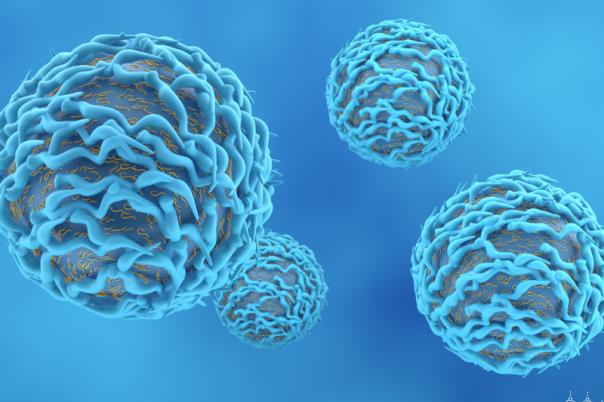The process of drug development is a long and laborious one, with many steps. Researchers have to navigate the journey from research, to target identification, lead candidate selection, optimisation, preclinical studies, and phase one, two, and three clinical trials. Throughout each and every one of these steps, biomarkers are used to test for safety and efficacy of a candidate and accurate translation of those biomarkers is vital in moving from one step to the next.
Rita Vincente, Senior Principal Scientist and Head of the Immunology Laboratory at Sanofi, is focused on early development after lead optimisation and the translation of biomarkers from preclinical to clinical trials. In this presentation she outlines her work in investigating the transition from testing non-human primates (NHPs) to humans. Vincente wanted to know are the cells expressing the same targets between both species and is the receptor density similar?
To test this, Vincente’s team found populations of NHPs and healthy volunteers expressing their target of interest. Then they used flow cytometry on blood samples from NHPs and healthy human volunteers. They also infused their drug candidate which was marked to a fluorescent protein to see if the cells were expressing the target. From there, they could then plot the cell type population against receptor density in two graphs, one for NHPs and one for healthy human volunteers.
Using this data, they found that NHPs had slightly higher receptor density than the healthy human volunteers which led them to understand that NHPs would be a good model species for preclinical testing. However, when they went ahead with the NHP model, they encountered some adverse effects that they were not expecting like a dose-dependent decrease in red blood cells in NHPs, and the steps taken to investigate and mitigate these issues.
Vincente then discussed the pharmacokinetic/pharmacodynamic (PK/PD) modelling used to adjust the drug dosage for clinical trials, taking into account the differences in target expression between non-human primates and humans. She ended the presentation by sharing some preliminary data from healthy volunteers and patients, showing differences in target expression and receptor density, which will require further modelling to adjust dosages for patient studies.




